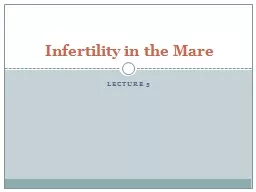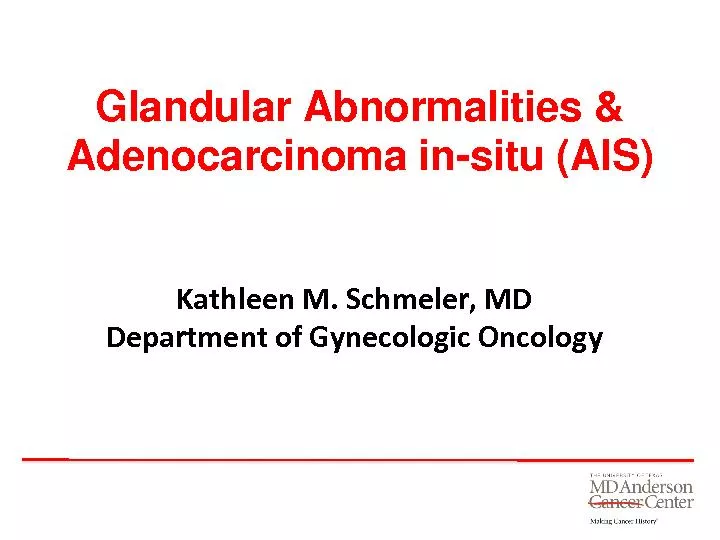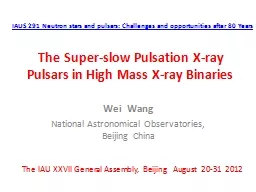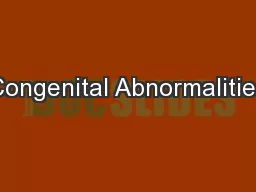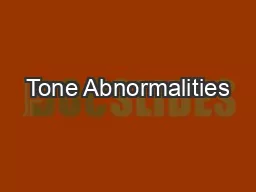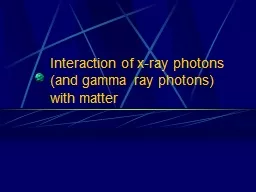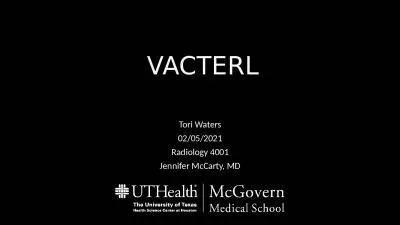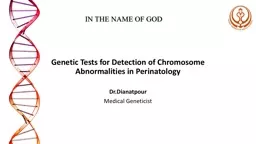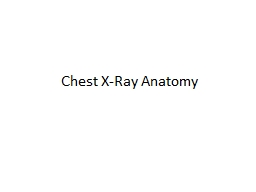PPT-Chest X-ray Abnormalities
Author : elena | Published Date : 2022-06-28
lecture 5 Inna Krupnik Radiological department of Odessa State Medical University 2021 APPROACH TO THE CHEST XRAY CXR An approach to reviewing a chest xray will
Presentation Embed Code
Download Presentation
Download Presentation The PPT/PDF document "Chest X-ray Abnormalities" is the property of its rightful owner. Permission is granted to download and print the materials on this website for personal, non-commercial use only, and to display it on your personal computer provided you do not modify the materials and that you retain all copyright notices contained in the materials. By downloading content from our website, you accept the terms of this agreement.
Chest X-ray Abnormalities: Transcript
lecture 5 Inna Krupnik Radiological department of Odessa State Medical University 2021 APPROACH TO THE CHEST XRAY CXR An approach to reviewing a chest xray will create a foundation that will facilitate the detection of abnormalities You should create your own strategy There is no correct way to analyze the images Consistency and thoroughness are good general strategies With time and repetition the process will become subconscious Repetitive viewing of images will help establish a baseline of normality and normal variation that will represent an internal yard stick for the detection of variation from normal. Abnormalities in Chromosomal Number. Abnormalities in Chromosomal Structure:. Rearrangements. Fragile Sites. Define:. nondisjunction. polyploidy. aneupoidy. trisomy. monosomy. Abnormalities in chromosomal number. Julie Denham. Prof. Staci Simonich, . Department of Chemistry and . Environmental Molecular Toxicology. Oregon State University. HHMI 2009 . History of Persistent Organic Pollutants. Industrially made in the early 1930’s. Infertility in the Mare. Introduction. Extrinsic Factors. Lack of Use. Sub-fertile Stallion. Poor management. Intrinsic Factors. Many, many, many. Age. Reported to have the most significant bearing on reproductive performance. Glandular Abnormalities Pap test = Atypical Glandular Cells (AGC) Specify: endocervical, endometrial, NOSAGC, favor neoplasiaEndocervicaladenocarcinoma insitu (AIS)* Incidence is 0.3% (135,000 cases/y . Wei Wang. National Astronomical Observatories, . B. eijing China. The IAU XXVII General Assembly, Beijing August 20-31 2012. IAUS 291 . Neutron stars and pulsars: Challenges and opportunities after 80 Years. Nick Leaver. 5. th. Year Medical Student. www.peermedics.com. Learning outcomes. To understand when to order an ABG. To understand the components of an ABG. To understand basic interpretation of ABGs. Tsepamo. Study. Health Care Professionals Training. Congenital Abnormality (CA). Also known as…. “Birth Defect”. “Congenital Defect”. “Congenital Anomaly”. “Congenital Malformation”. Chapter 4. Muscle Tone. Definition (page 77) – underlying tension in the muscle that serve as a background for contraction.. Muscle tone include involuntary resistance generated by . neurally. activated fibers and passive, natural biomechanical tension in connective tissue.. with matter. Interaction of x-ray photons with matter. . When a beam of x-ray photons passes through matter, its intensity (energy . –. or number of x-ray photons - flowing per second) is reduced: . Radiology 4001. Jennifer McCarty, MD. Clinical History. Patient: Newborn female born at 36 weeks to a G3P2. 3 female via repeat c-section. . Pregnancy complicated by PROM at 36 weeks. At OSH, after routine resuscitation, imperforate anus and perianal skin tag identified on initial exam. . and Other Labs (Part 1). Ruth . Abelt. CPNP-AC/PC. April 16, 2016. Disclosures. I have no financial interest to report. I have no disclosures to report. Objectives. This is meant to be a 2 part interactive session where the audience will:. for Employees Exposed to Respirable Crystalline Silica. Prepared by. Industrial Diagnostics Company Ltd. November 2019. In 2016 the HSE outlined their approach to the control of exposure to RCS at work. Dr.Dianatpour. Medical Geneticist. Prenatal tests. Invasive. Karyotype. FISH. QF PCR. Array CGH. Noninvasive. NIPT. Karyotyping. Chromosome Preparation . Any tissue with living nucleated cells that undergo division can be used for studying human chromosomes. Most commonly circulating lymphocytes from . Visible structures. 1. - Trachea. 2. - Hila. 3. - Lungs. 4. - Diaphragm. 5. - Heart. 6. - Aortic knuckle. 7. - Ribs. 8. - Scapulae. 9. - Breasts. 10. - Bowel gas. Normal chest X-ray anatomy.
Download Document
Here is the link to download the presentation.
"Chest X-ray Abnormalities"The content belongs to its owner. You may download and print it for personal use, without modification, and keep all copyright notices. By downloading, you agree to these terms.
Related Documents



